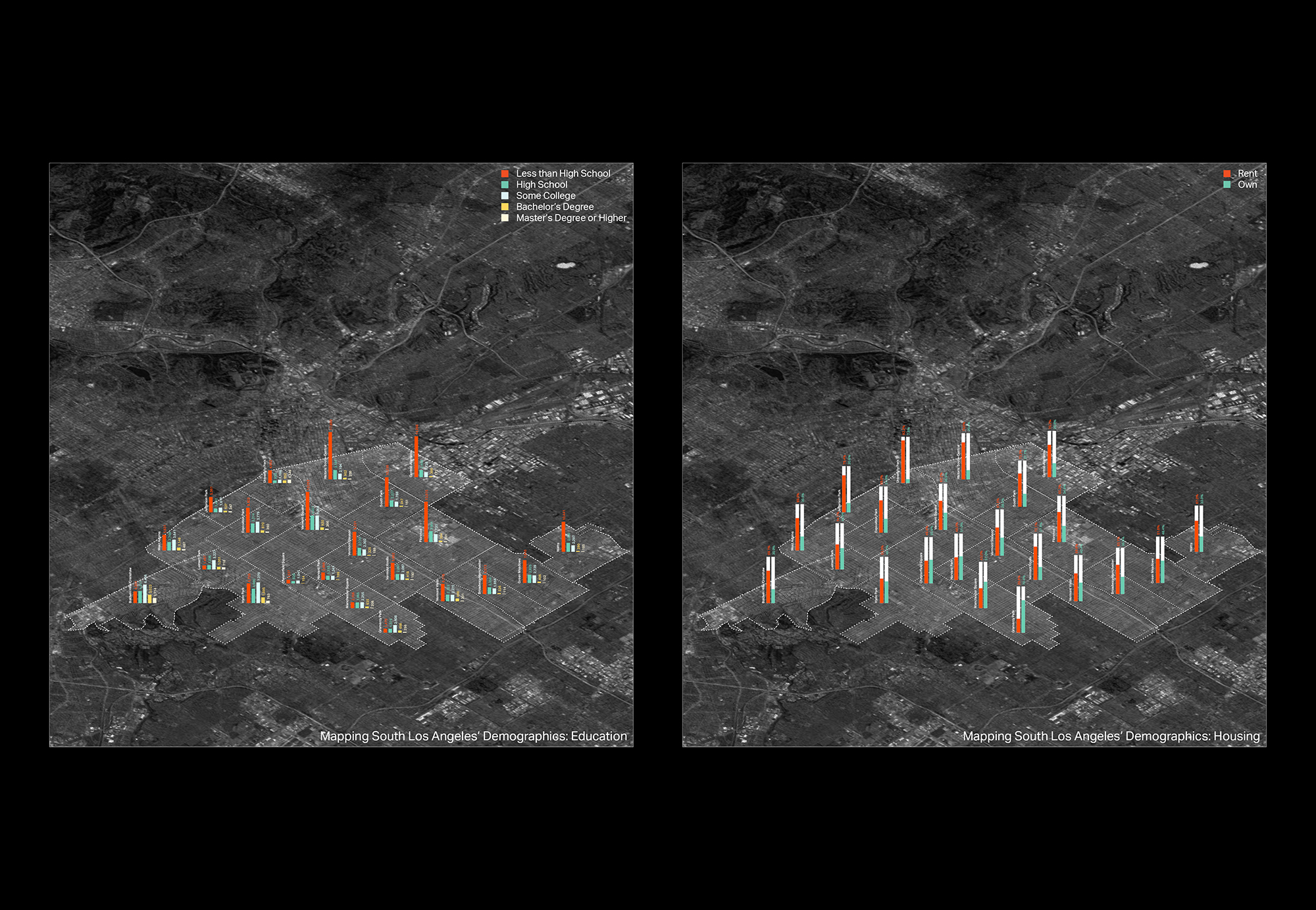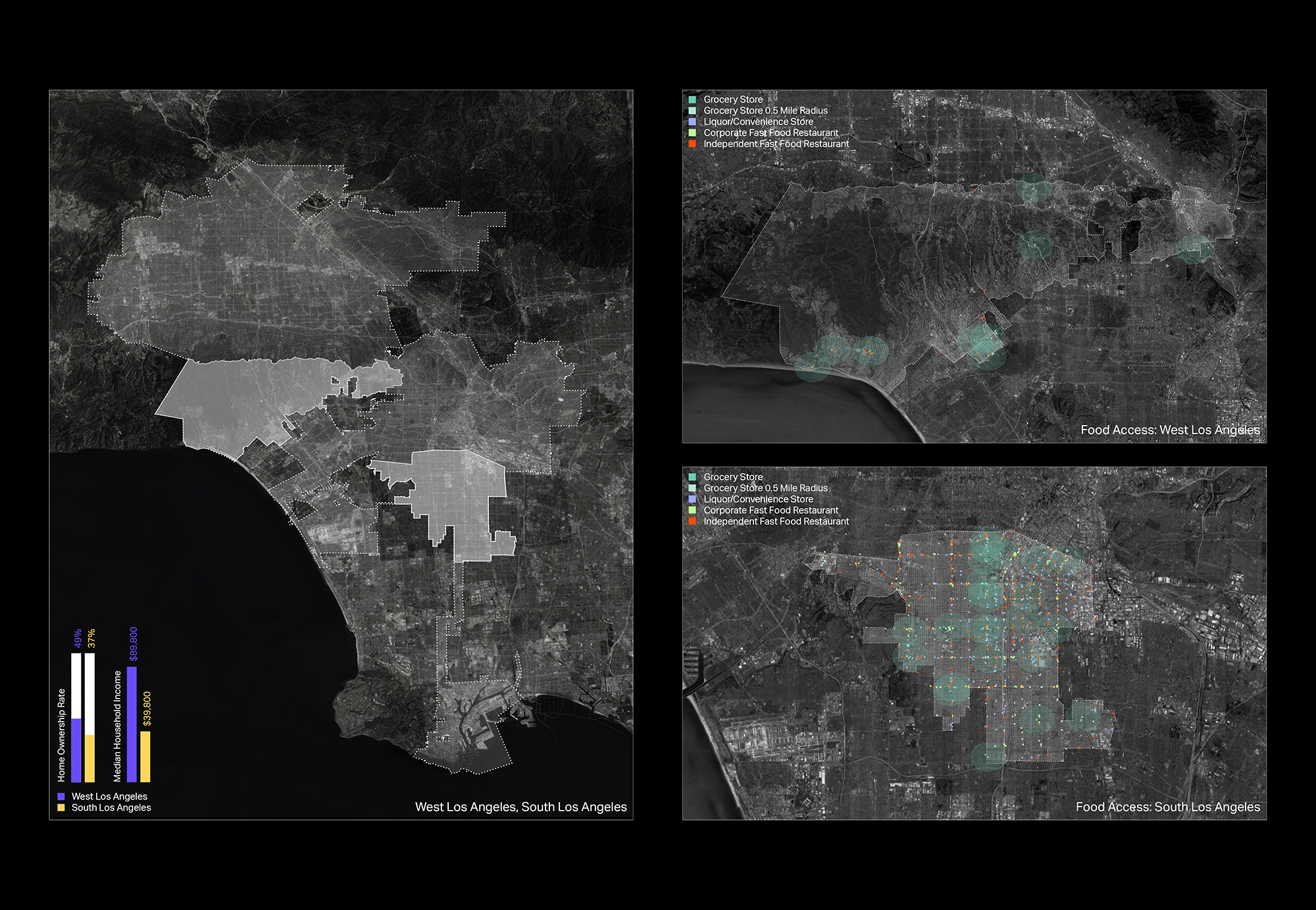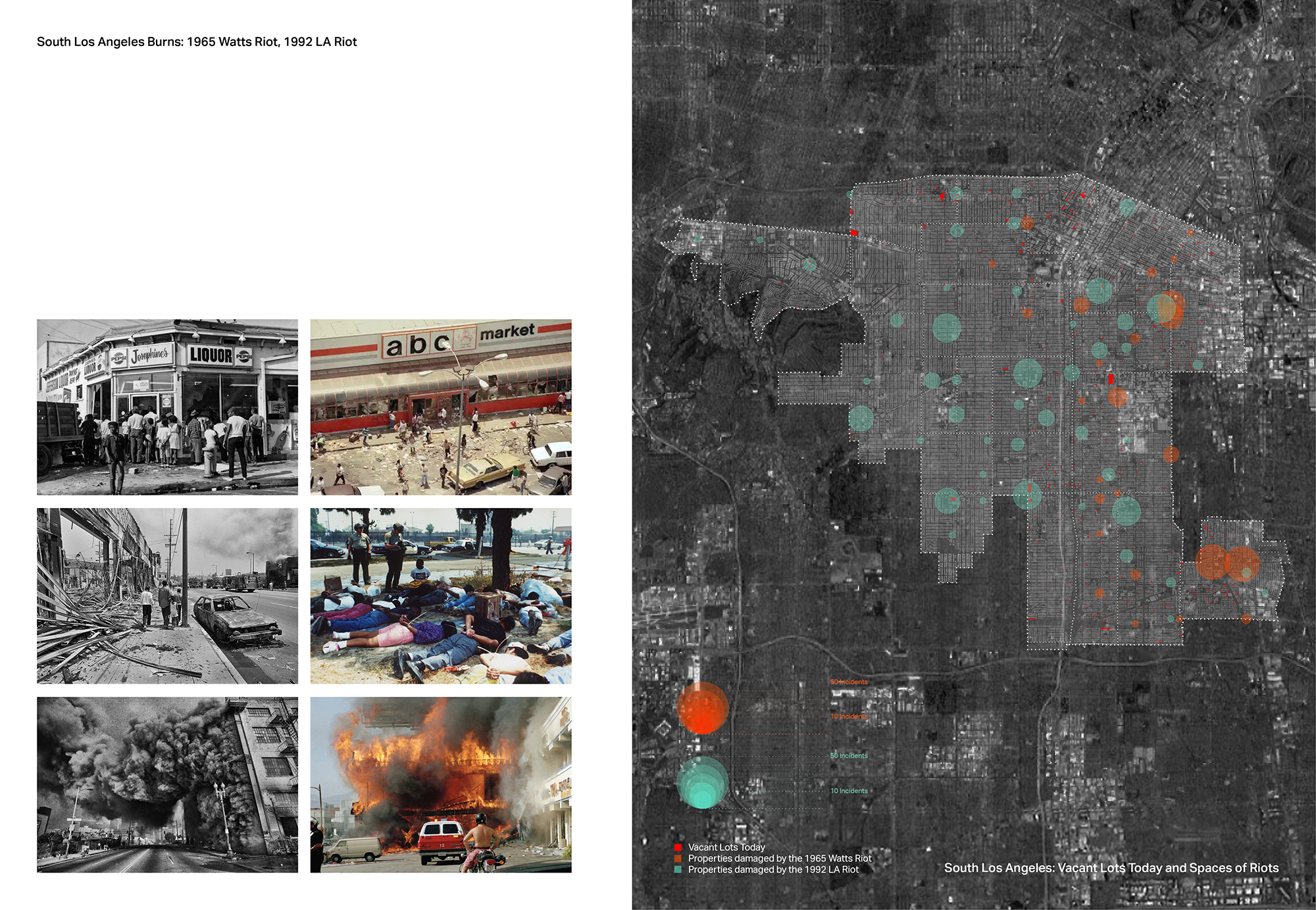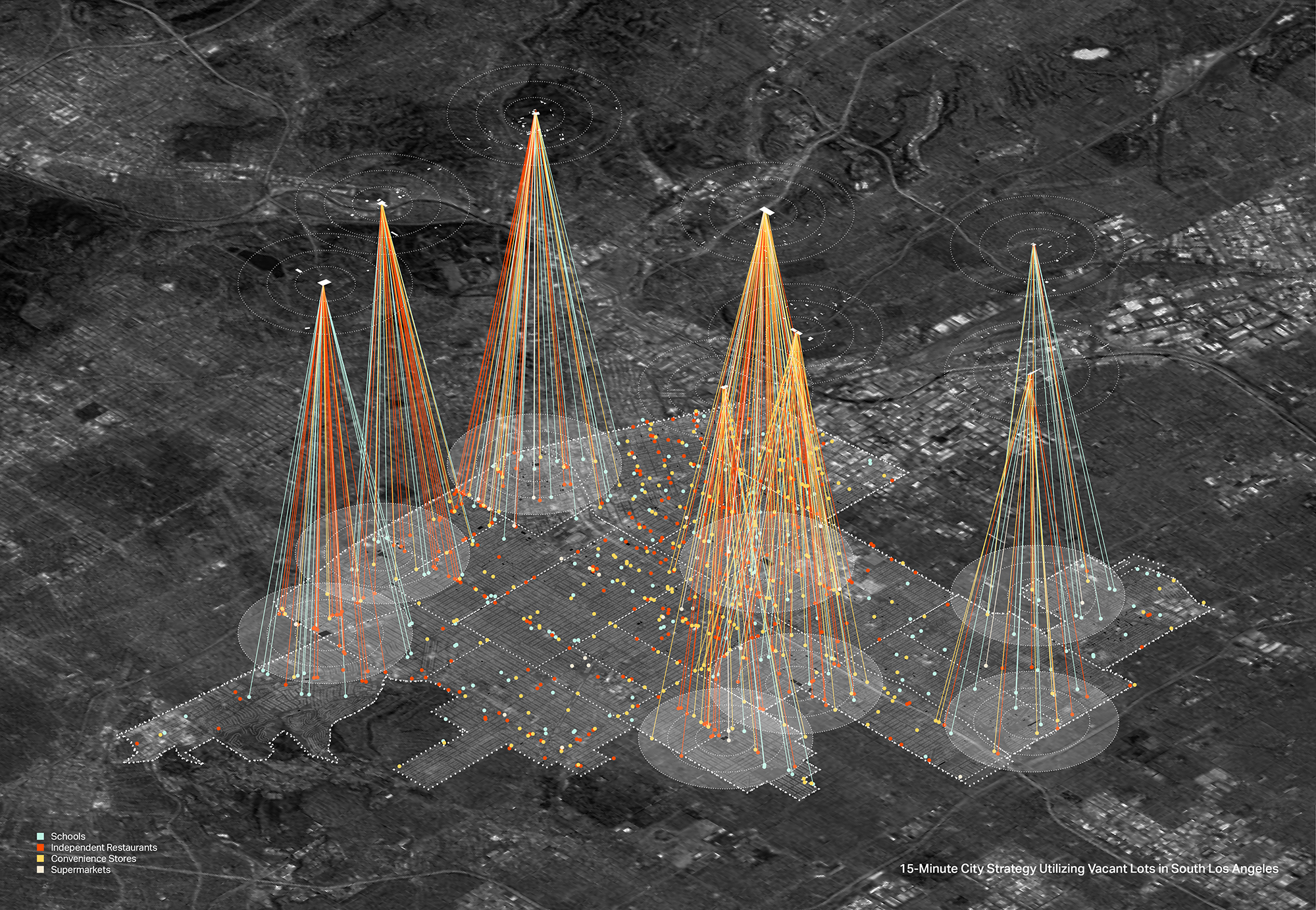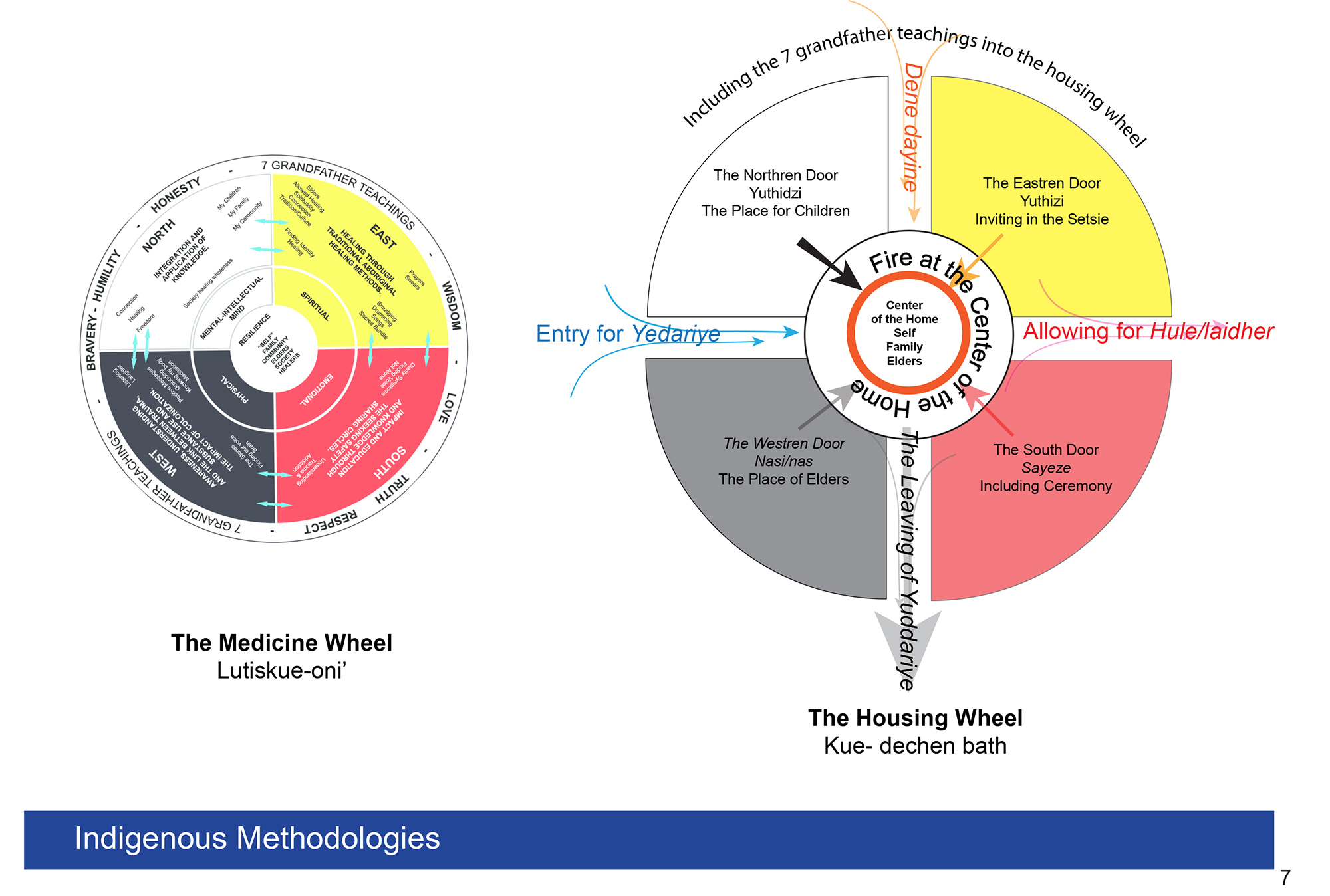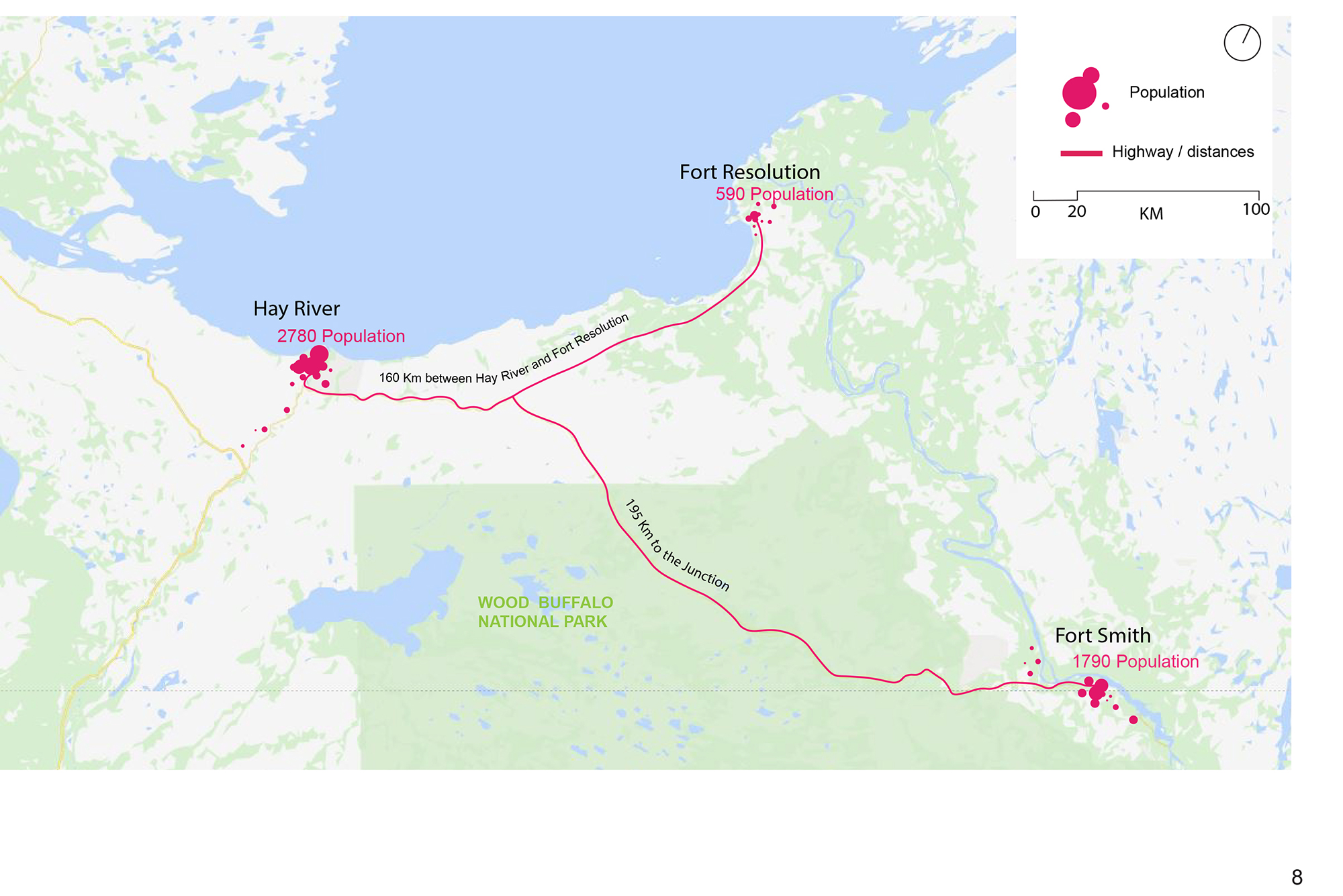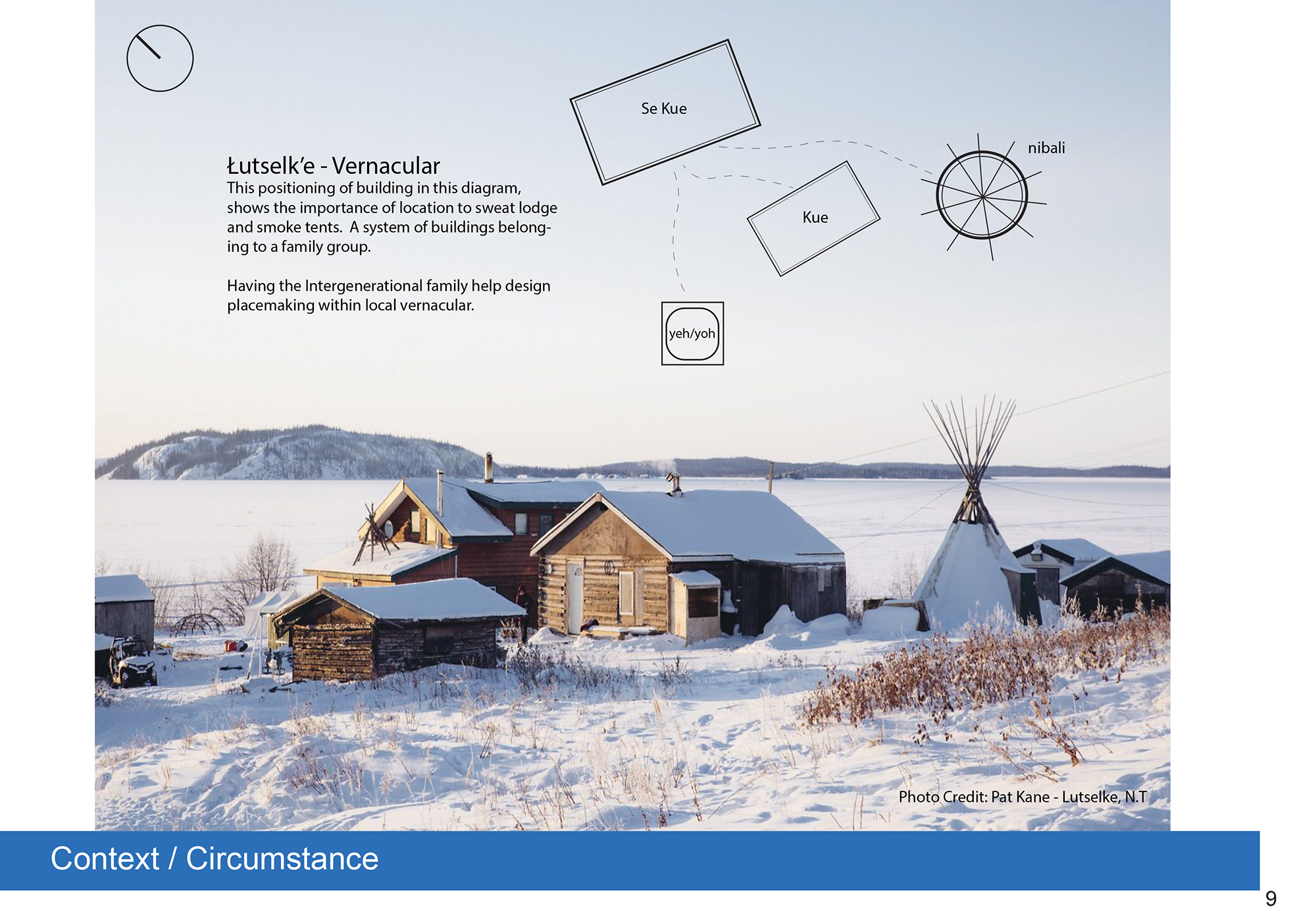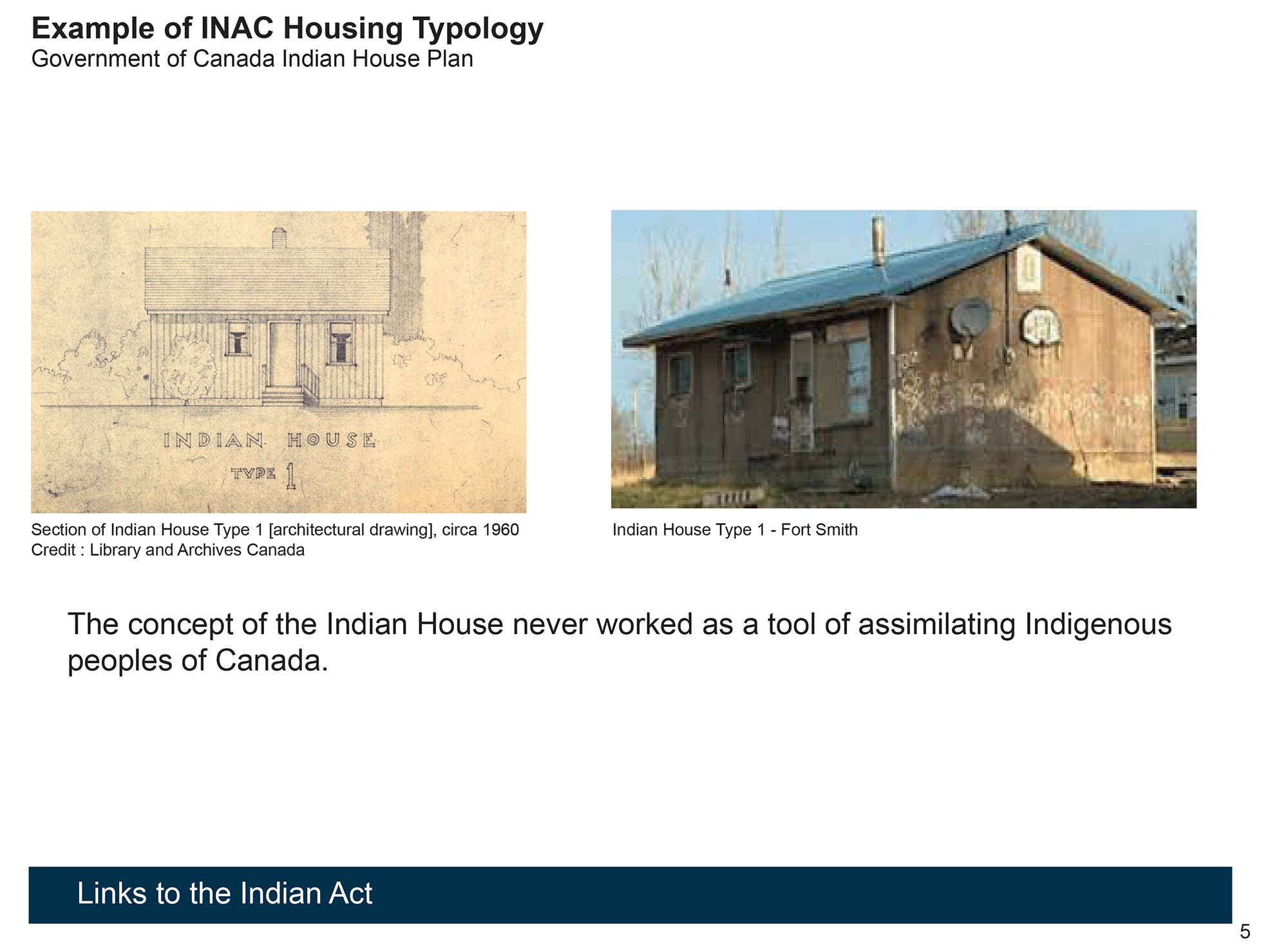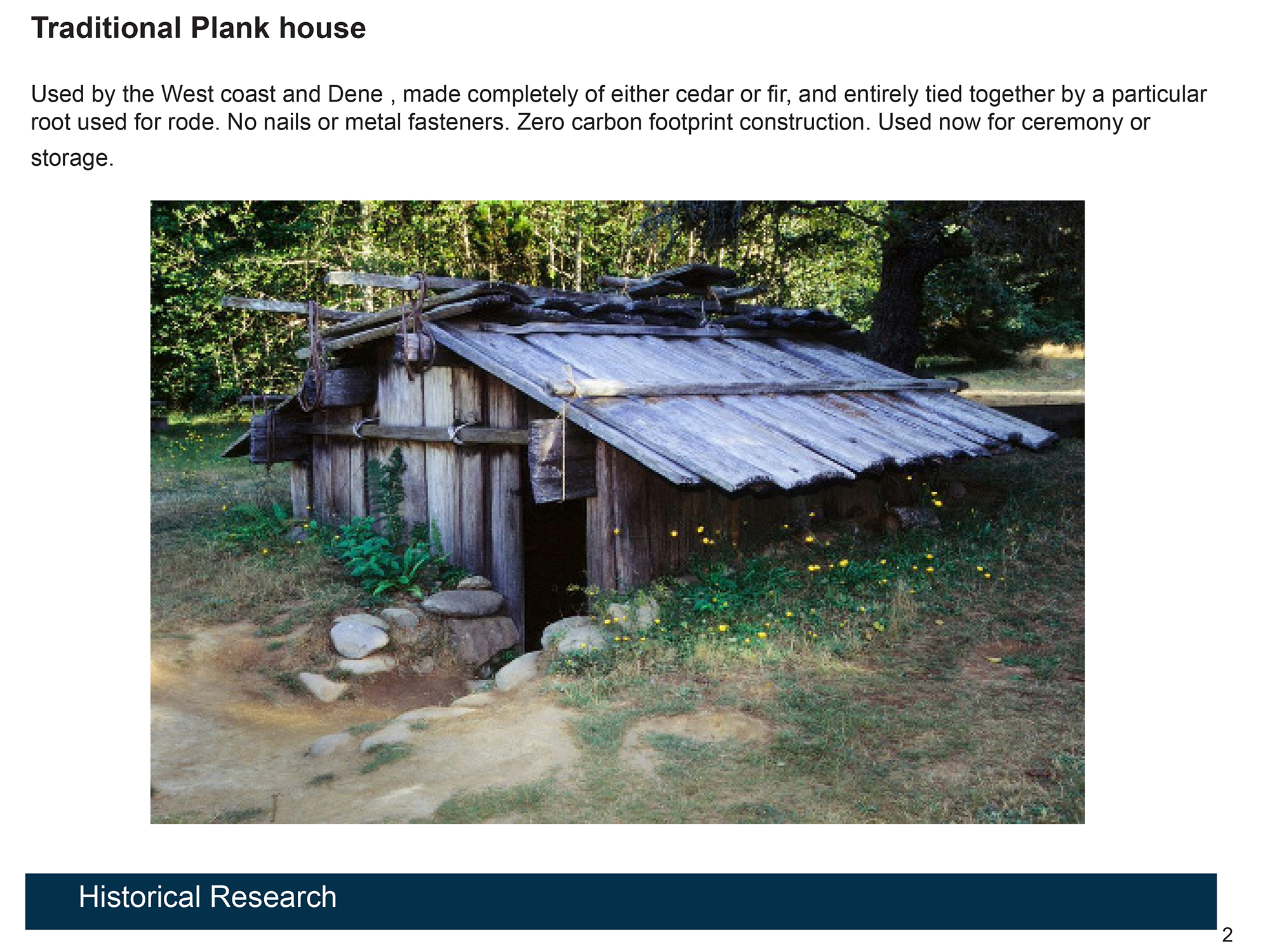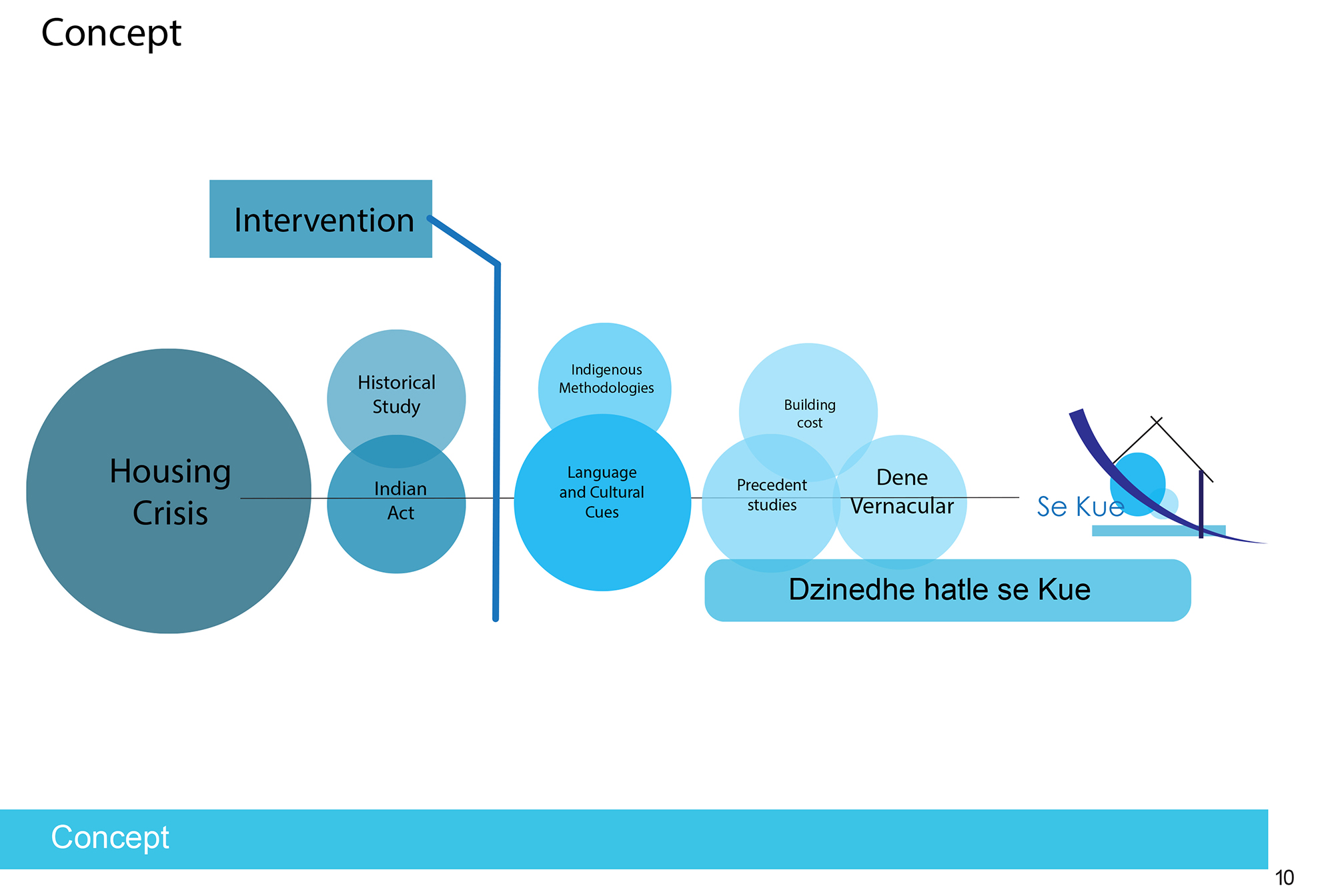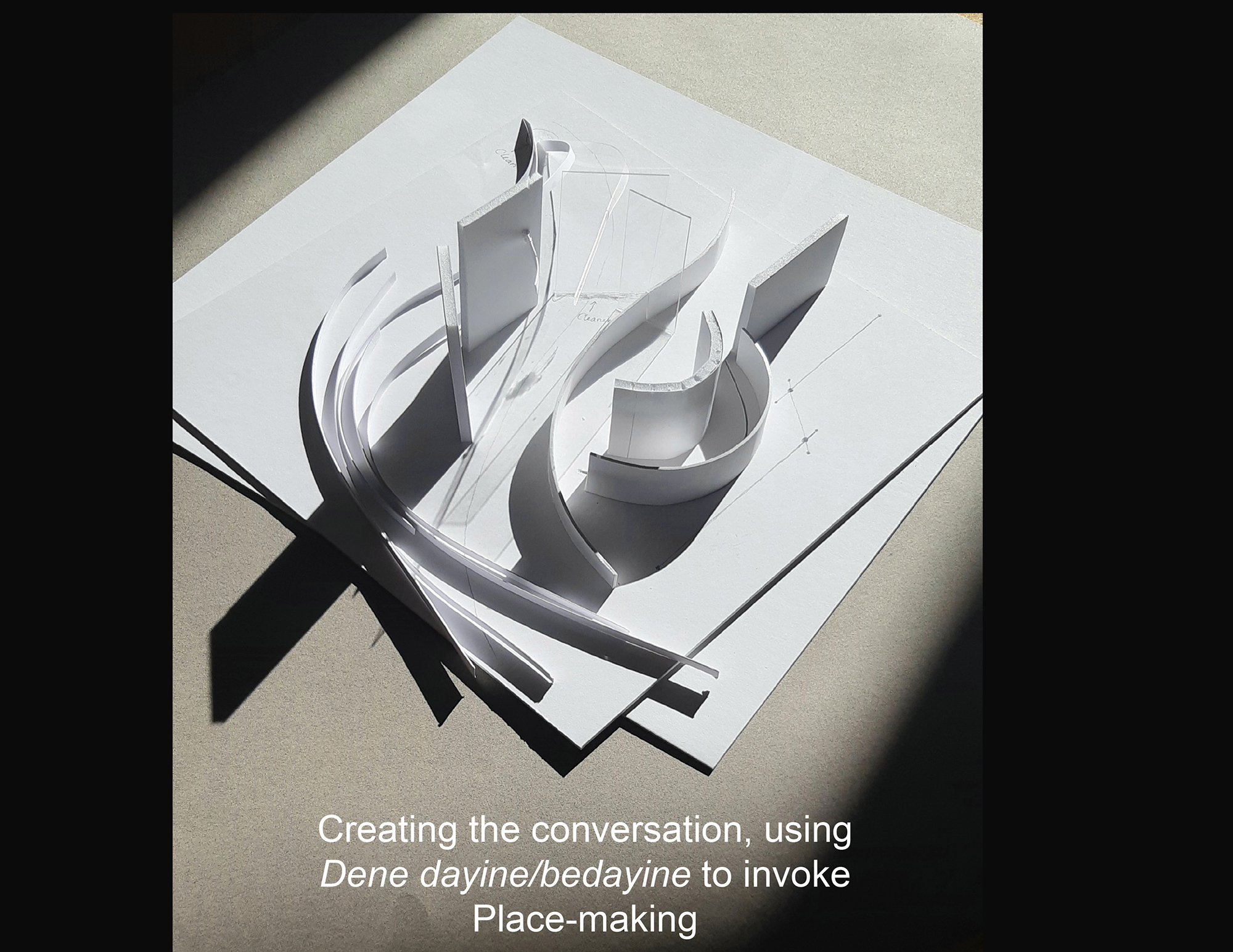Research Studio: Inclusive Architecture
In this research studio, taught by Elisa Silva, students studied scholarly works on the topic of inequality, including writings by Joseph Stiglitz, Thomas Piketty, Donna Haraway, Henri Lefebvre, Hannah Arendt, and David Harvey. For their final projects, they created examples of inclusive infrastructure that could be produced and maintained by inclusive processes.
Allison Jang
Allison writes: "The Food Gap: Reviving the Legacy of South Central Farm is an entry proposal to Los Angeles’ pLAn 2050 Green New Deal. It is a new urban and economic design solution, imagining the potential of reviving a 4.2-acre vacant lot at West Manchester Avenue and South Vermont Avenue in South Los Angeles to fight the chronic food desert phenomenon and economic crisis in the area. It aims to revive the spirit of the largest urban farm that operated in the United States, South Central Farm in South Los Angeles, which served many underprivileged ethnic-minority families. The Food Gap’s objective is to devise a socially sensitive inclusionary model that demonstrates long-term economic sustainability and enables a greater sense of ecological citizenship."
James Bird
James writes: "My project deals with the horrific housing conditions in many First Nations and Metis communities in the Northwest Territories — in particular in the South Slave Region. I focus on the traditional community of Thebacha (Fort Smith).
The project develops a new way of examining housing outside western worldviews. It uses the Denesuline language and methodologies as an entry point for this research. I examine the idea of Kue in Dene — a concept of home that includes the metaphysical, manifested in a place for the spirit of the ancestors.
I propose to celebrate the Indigenous worldview by creating a typology that is linked to Denesuline worldviews and a return to the ways of the Kue."


